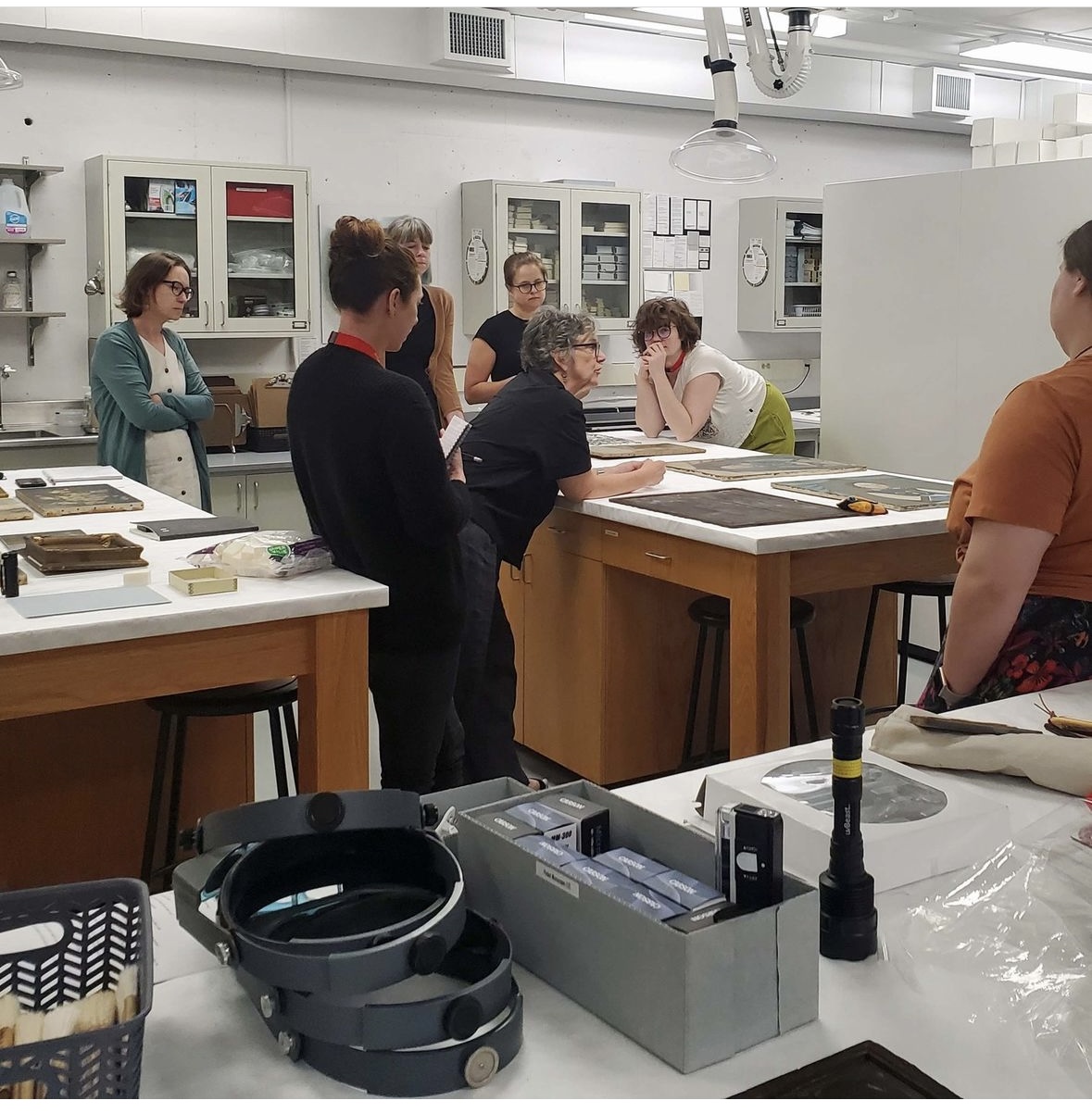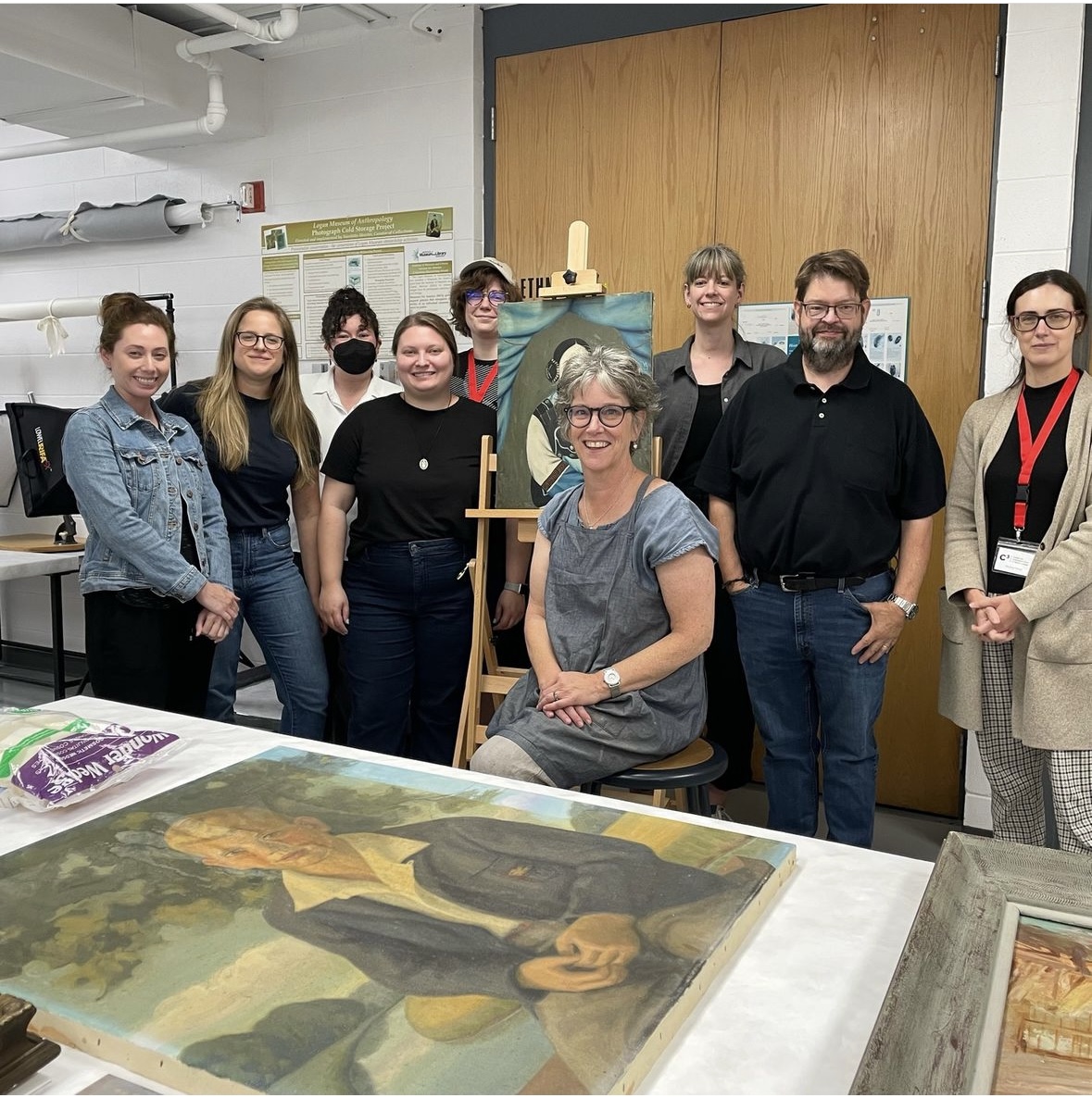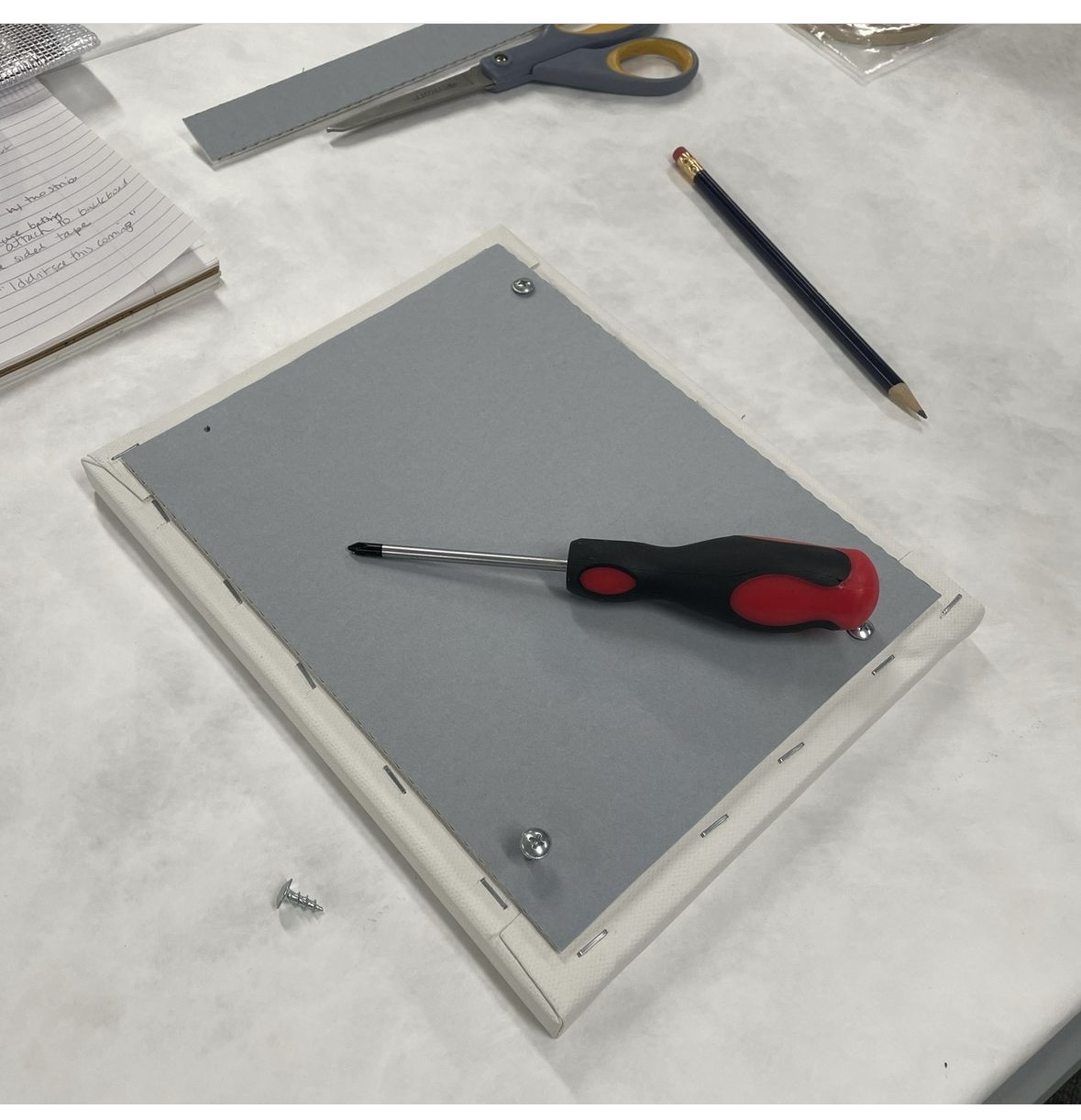On the verge of the Birds in Art opening this weekend, Saturday, September 7, I am very much occupied with the “now” — from the “now what?” of a continuous stream of tasks to the “now” of working up close and hands on with all the contemporary artwork that Birds in Art entails. In the middle of this maelstrom, it’s nice to take a moment to reflect on when “now” turns into “then.”

Center for Collections Care, photo courtesy of Beloit College

Center for Collections Care, photo courtesy of Beloit College
Over the summer, I participated in a painting conservation class at Beloit College’s Center for Collections Care. Through the course of the week, we learned how to evaluate, communicate, and investigate paintings and their conditions. Painting conservation is a fundamental aspect of any art museum’s mission to preserve cultural heritage. Over time, paintings can deteriorate due to environmental factors, aging materials, and historical wear. Conservation serves not only to restore these works to their original condition but also to stabilize them for future generations. Art museums, as custodians of cultural artifacts, are tasked with the responsibility of ensuring that these objects remain accessible and meaningful across centuries. Over the week at Beloit, we discussed how conservation processes involve meticulous scientific examination, cleaning, stabilization, and in some cases, repair of the artwork. Conservators’ delicate work bridges art history and science, as they balance preservation with the integrity of the artist’s original intent. Works conserved here at the Woodson by our long-term partners at the Midwest Art Conservation Center are crucially important to our continued mission and our promise to make art available to all.
While we certainly hope none of the works that the Museum may acquire from Birds in Art require conservation in the future, it’s reassuring to know that if we need to shift from the “now” of installation to the “then” of conservation, we have the tools to do so.

Building a backing board, Center for Collections Care, photo courtesy of Beloit College




